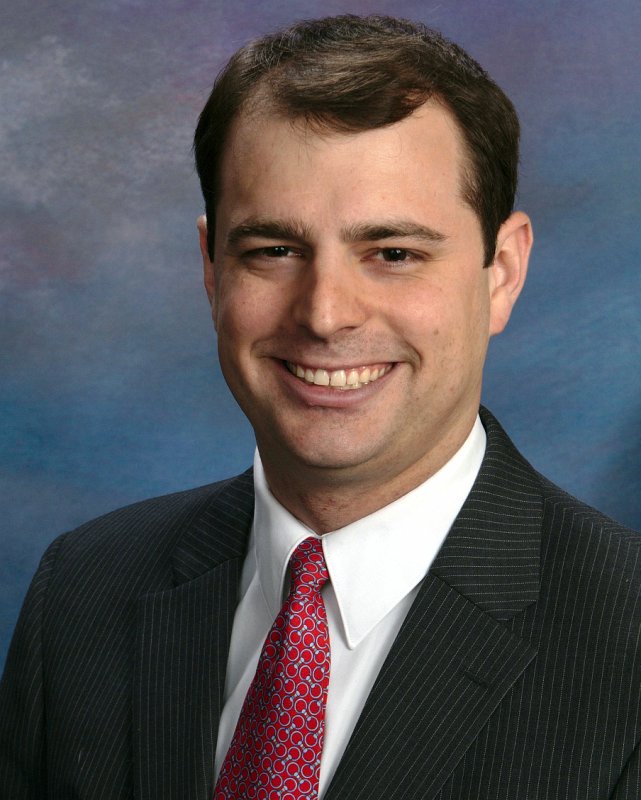What Does It Mean to “Have Health Care”?
This question has come into sharp focus just five years after the Affordable Care Act’s (ACA) passage. Does it mean having insurance? Or does it mean having accessible, affordable, and fundamentally personal care?
These may sound like philosophical questions, but the answers have very real consequences, as this story in the New York Times shows.
Alison Chavez, 36, who is self-employed, signed up for a marketplace plan in October 2013 that she hoped would be an improvement on her previous plan. She had recently been given a diagnosis of breast cancer and was just beginning therapy, so she was careful to choose a policy on the Covered California marketplace that included her physicians.
But in March, while in the middle of treatment, she was notified that several of her doctors and the hospital were leaving the plan’s network. She was forced to postpone a surgery as she scrambled to buy a new commercial policy that included her doctors. “I’ve been through hell and back, but I came out alive and kicking (just broke),” she wrote in an email.
Obamacare tries to treat the symptoms of a sick American health care system—the rising cost of insurance—but it doesn’t really treat the underlying sickness, the rising cost of care. And that’s ultimately what we expect when we “have health care”: care. It’s just not necessarily what people receive under the ACA.
In that context, it’s understandable that many Americans are looking for alternative care models that meet their needs, not the needs of a government bureaucrat. The “direct care” model is one of the most promising. The direct care model is simple; for a set fee, patients and doctors can contract for health care services. These care “subscriptions” guarantee access to a doctor of the patient’s choosing, oftentimes because the doctor is limiting the number of total patients he or she will take over that period. Instead of paying for insurance and getting poor care or no care at all, patients pay for care and receive . . . care. Imagine that.
An article published in Time Magazine late last year sums up what makes direct care arrangements attractive.
The driving insight here is that primary care and specialized care have two very different missions. Americans need more of the first so they’ll need less of the second. And each requires a different business model. Primary care should be paid for directly, because that’s the easiest and most efficient way to purchase a service that everyone should be buying and using. By contrast, specialty care and hospitalizations—which would be covered by traditional insurance–are expenses we all prefer to avoid. Car insurance doesn’t cover oil changes, and homeowners’ insurance doesn’t cover house paint. So why should insurance pay for your annual checkup or your kid’s strep swab? [Emphasis mine]
You can think of it as “a la carte care” or “concierge care,” or something else, but it is indisputably care—care that the patient has chosen and can actually access. The potential for direct care extends even to more specialized care, too. At the Surgery Center of Oklahoma (SCO), the surgeons post the prices of their services online, with prices oftentimes a fraction of what other hospitals and insurance companies charge patients. This 2012 video from Reason TV explains the lower-cost, and arguably more personal, SCO model.
It is no wonder several proposals now floating around the Missouri Legislature aim not only to protect direct care arrangements, but also to facilitate them. One proposal would insulate direct care arrangements from undue bureaucratic interference; another would initiate a pilot program to make direct care available to the poor. Both are well worth the consideration of Missouri legislators, especially before the legislature’s session comes to a close next month.
Direct care has the potential to help patients like Alison find and keep the doctors they want—and not have that relationship jeopardized by some middleman insurance relationship. Amidst all the problems of America’s post-Obamacare medical system, direct care represents a bright shining possibility for a better model for our health care: one that puts the patient first, not the government.


